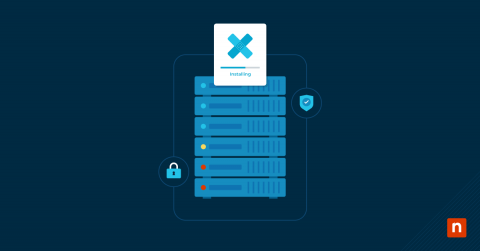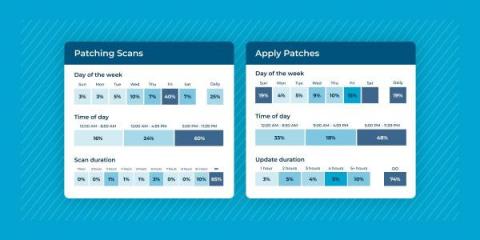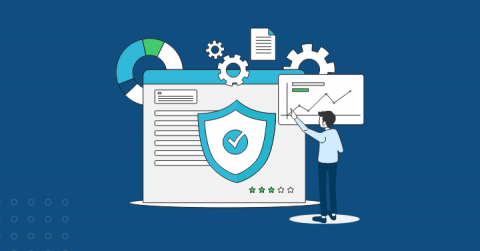N-central Patch Monitoring Best Practices and Recommendations
The best part about patching in N-able N-central is the ability to fully automate the process, but even if that is accomplished correctly there is still a need to have the right amount of sensitivity of patch monitoring in place. I have always monitored patches in terms of age, I did so with WSUS v3 (15 years ago) and have always done so in N-central.










